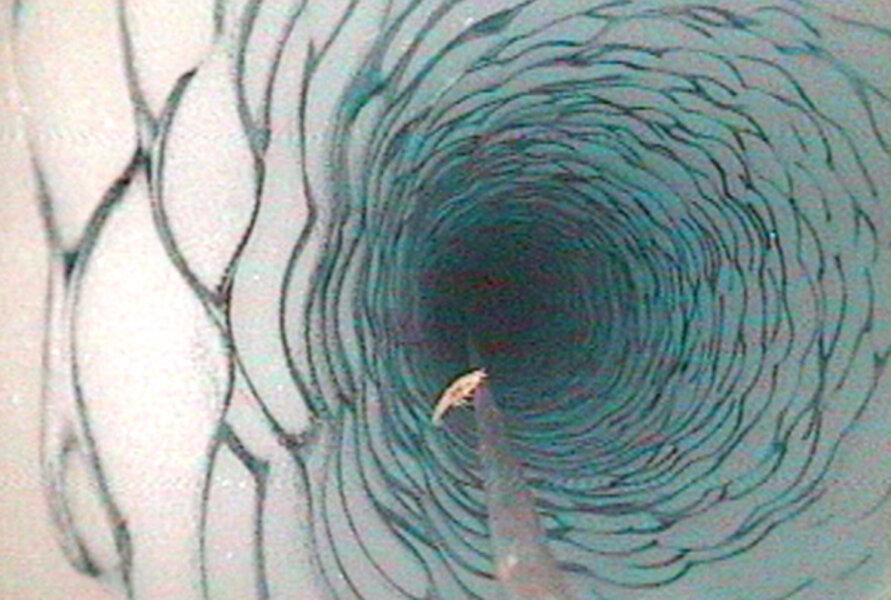Does Antarctic shrimp (lyssianasid amphipod) mean extraterrestrial life?
Loading...
| Oslo
Marine creatures are thriving by a record hot volcanic vent in the Atlantic and in dark waters under thick Antarctic ice, boosting theories that planets other than Earth are suitable for life, scientists said on Sunday.
About 150 new types of fish were among 500 new marine species, including furry crabs and a lobster off Madagascar, found in the seas in 2006, according to researchers in the 70-nation Census of Marine Life.
Many species were found in places long thought too hostile for life -- including by a vent spewing liquids at 407 Celsius (764.6F) and other habitats that were dark, cold or deep. Some places seemed as inhospitable as planets such as Mars or Venus.
IN PICTURES: The 20 weirdest fish in the ocean
"The age of discovery is not over," said Jesse Ausubel, a program manager at the U.S. Sloan Foundation which is a sponsor of the 10-year Census. Finds "are provocative for NASA and for people who are interested in life in places other than Earth."
Among discoveries in 2006 were shrimps, clams and bacteria living by the searing 407C vent on the floor of the Atlantic Ocean north of Ascension Island, the hottest sea vent ever documented and more than hot enough to melt lead.
"This is the most extreme environment and there is plenty of life around it," said Chris German, of Britain's Southampton Oceanography Center and a leader of the Atlantic survey.
He said one big puzzle was how creatures coped with shifts in temperatures -- water on the seabed at 3,000 meters (9,842 ft) was just 2C yet many creatures withstood near-boiling temperatures of up to 80C from the thermal vent.
German said it was a bit like a person agreeing to live in a blistering sauna and be hosed at random with freezing water.Scientists had not yet probed how hardy the microbes nearest the hottest part of the vent were -- a type of bacteria called "Strain 121" found in the Pacific in 2003 holds the record by being able to withstand temperatures of 121 Celsius.
And another expedition found crustaceans, jellyfish and single-celled animals living in darkness in the Weddell Sea off Antarctica under ice 700 meters thick and 200 km (125 miles) from open water. Most of those creatures were new to science.
"You can think of it as a cave, one of the remotest caves on earth," Ausubel said of findings by a robot camera."Wherever we've gone on earth we've continued to find life," German said. He said recent discoveries could be encouraging for the search for life elsewhere in the universe.
Some experts speculate that Jupiter's moon Europa could hide an ocean beneath its frozen surface and Ausubel noted life has been found on Earth beside subsea methane seeps -- Saturn's moon Titan also has methane. And NASA said last week it had found signs of liquid water on Mars.
Among other 2006 finds by the census, due for completion in 2010, was a "Jurassic shrimp" in the Coral Sea east of Australia and previously thought extinct 50 million years ago.The biggest new species was probably a 1.8 kg (4 lb) rock lobster found off Madagascar. And a furry crab, also dubbed a "Yeti crab", was found off Easter Island.
In the longest migration ever documented, census researchers tracked sooty shearwater birds on a 70,000 km flight sweeping round the Pacific in 200 days, an average 350 km a day.





